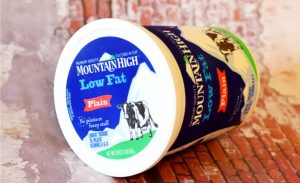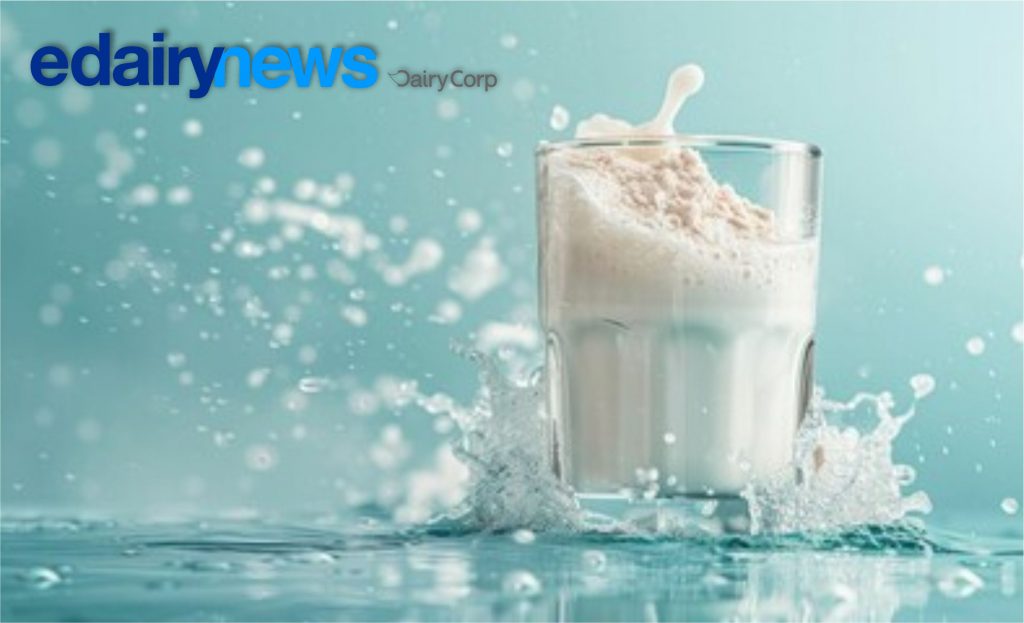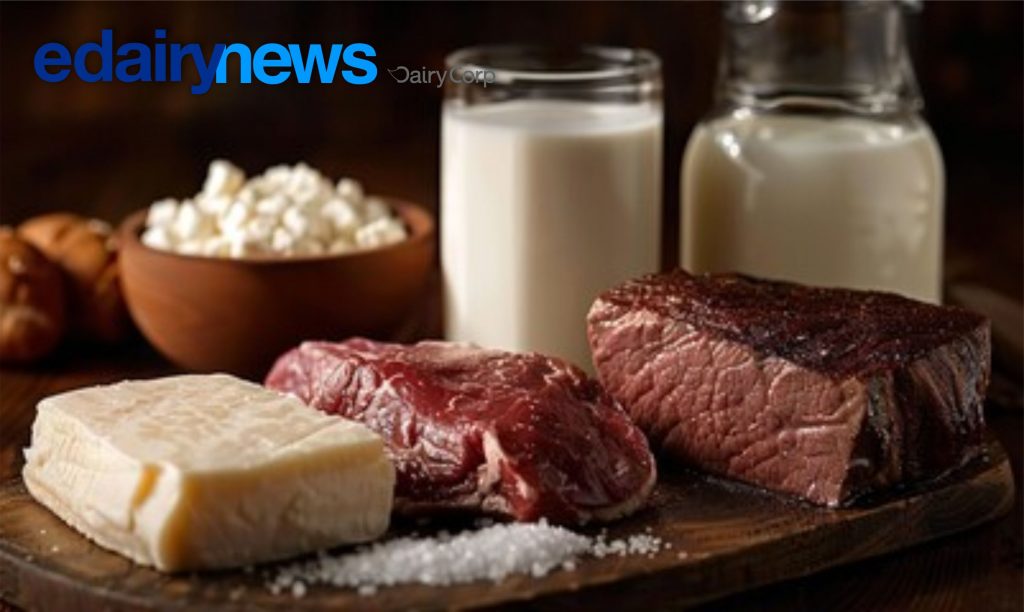One aspect of mineral nutrition that we have not paid as much attention to is how different minerals interact with one another and how these interactions influence animal health and productivity. Following are some examples of these interactions.
First a bit of chemistry: mineral elements exist in various ionic states that can have either positive or negative charges. Positively charged elements are referred to as cations (i.e. calcium, phosphorus, copper and zinc). Negatively charged elements are called anions (i.e. chloride, sulfur). Elements with opposite charges tend to attract each other, while those with similar charges tend to repel each other. It is through these ionic interactions that different combinations of minerals in feed and water sources restrict the absorption of specific minerals and by so doing, influence animal health and/or productivity.
The first example I will give is milk fever, which is a metabolic disease that affects beef cows at or near the time of calving. Symptoms include muscle weakness and twitching, abnormal gait/staggering, hyperexcitability, failure to stand and, in some cases, loss of consciousness and death. The most consistent clinical sign is low serum calcium, a condition known as hypocalcaemia. Low serum calcium levels can result from inadequate dietary sources, failure to absorb dietary calcium and/or failure to mobilize body calcium reserves.
Factors which predispose an animal to milk fever include age, parity number (number of times she’s calved) and diet. For example, milk fever is relatively rare in heifers. However, as the animal ages and increases in parity number, milk production typically increases, which increases the cow’s calcium requirement. Compounding this increased demand, older cows do not mobilize body calcium reserves as readily as younger animals and thus are at increased risk of low serum calcium levels at times of peak demand, such as the onset of lactation.
The effects of diet are somewhat more complicated. Feeding excess calcium to a prepartum beef cow might seem like a logical solution to low serum calcium levels at or near the time of calving. Unfortunately, such a strategy can have the opposite effect in that high dietary calcium intake tends to shut down or impede the body’s ability to regulate serum calcium. Specifically, mechanisms for calcium absorption and/or mobilization from bone are down-regulated in situations where dietary calcium levels are excessive.
Historically with dairy cattle, the approach was to feed low dietary calcium before calving in order to activate mechanisms for regulating serum calcium, an approach that was not always successful. A dietary approach that has proven successful, particularly with dairy cows, is manipulation of the dietary cation-anion balance (DCAB). Nutritionists calculate the DCAB from the sum of the sodium and potassium ions (i.e. the cations) minus the sum of chloride and sulfur ions (i.e. the anions) with the concentration of each element expressed in milliequivalents. Most importantly for our discussion, diets that have a surplus of anions relative to cations promote bone mobilization of calcium and help to prevent milk fever, while those with a surplus of cations have the opposite effect. In the dairy sector, it is common to see prepartum diets formulated with a negative DCAB to help minimize issues with milk fever. Unfortunately, with beef cattle, there has been very little research. But when one considers the relatively high potassium levels of some of our common forages, it would be extremely valuable to know the optimal DCAB for prepartum beef cows.
A second example is grass tetany or grass staggers. Symptoms are similar to milk fever but the condition is a result of low serum magnesium levels. As with milk fever, advancing age and parity number increases the animal’s risk. In terms of diet effects, low forage magnesium levels can induce the condition as well as an imbalance in the ratio of dietary potassium to that of magnesium and calcium (concentrations again measured in milliequivalents). Known as the “Tetany Ratio,” Australian research has shown that ratios greater than 2.2 are associated with an increased frequency of tetany symptoms in cattle. High ratios can be associated with forages that are high in dietary potassium and/or low in magnesium. Agronomic factors that can lead to high forage potassium levels include stressors on plant growth such as drought and the use of manure as a fertilizer, particularly with cereals grown for green feed.
A final example is the interaction that occurs between macro minerals such as sulphur and molybdenum and trace minerals such as copper. Feed and/or water sources that are high in sulfur and/or molybdenum can induce a copper deficiency in cattle despite adequate copper intake. This is because sulphur and molybdenum separately or together can form insoluble complexes with copper and markedly reduce its availability to the animal. To counteract this effect, many nutritionists will look at the copper/molybdenum ratio of the ration, as well as total sulfur intake when making decisions on mineral formulation.
As you can see from above, mineral nutrition is a complex subject; advice from your nutritionist and/or feed company can pay big dividends.

![o país] tem que ter o seu território protegido, não somente em relação aos seus ecossistemas e meio ambiente, mas também com relação à produção agrícola](https://br.edairynews.com/wp-content/uploads/2024/09/1-120-300x183.jpg)









